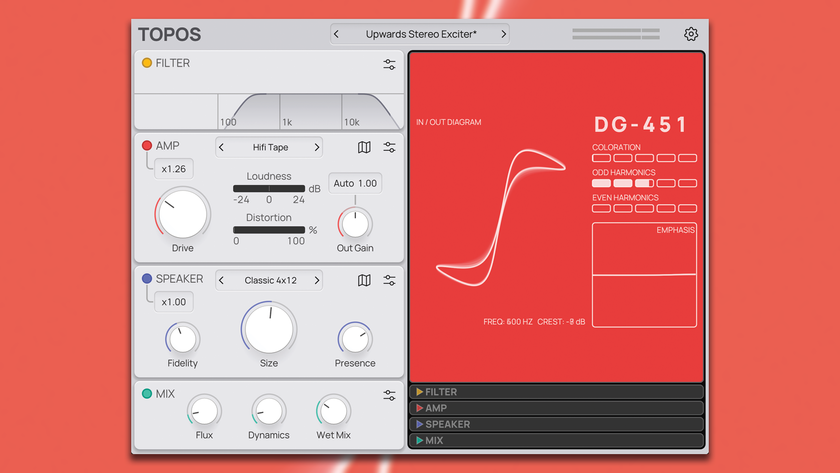How to use Soundtoys FilterFreak for sequential shaping
Learn to program rhythmic frequency manipulation with this supremely flexible filter plugin
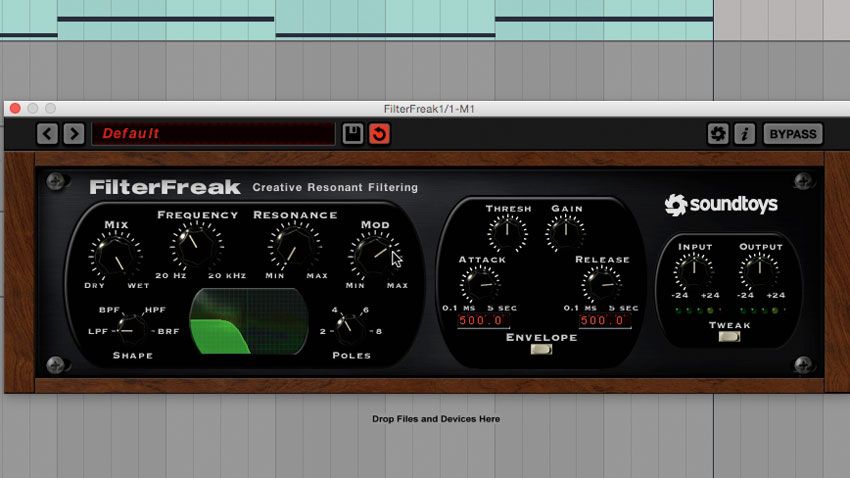
Ask any professional audio engineer to name their top three software effects and there's a high chance that at least one from Soundtoys extensive range of analogue-flavoured plugins will make the list. And if that engineer happens to specialise in dance music, it's equally likely that their specific selection will be the amazing FilterFreak.
Emulating a variety of legendary hardware filters including the Mutronics Mutron and Sherman Filterbank, and incorporating a powerful modulation system with step sequencing, FilterFreak is as musical and versatile a filter as you could hope to find. Here's what you can do with it…
For more vintage effects-related techniques, check out the November 2018 edition of Computer Music.
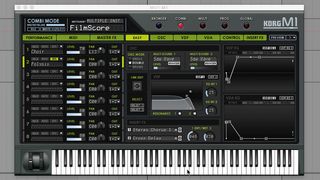
Step 1: A great filter can turn a static sound into something far more interesting. Case in point: Soundtoys FilterFreak, a powerhouse of sequential shaping. Here, we’ve got a simple two-chord progression made using Korg’s M1 synthesiser. It’s not too exciting, but it doesn’t need to be if we’ve got FilterFreak!
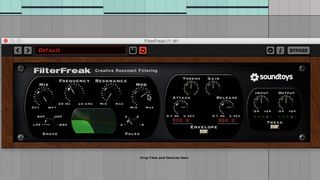
Step 2: Let’s drag an instance of FilterFreak1 onto our track. It doesn’t make much of a dent at first. Switch the number of Poles to 4 for a more Moog-like ladder filter sound. Reduce the Frequency knob position to around 11 o’clock for a muted tone, then set the Mod knob to around 2 o’clock.
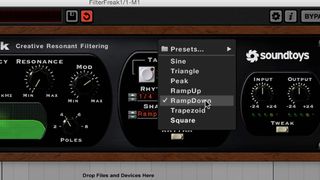
Step 3: We can hear the results immediately. The middle section is where basic modulation duties are handled. Currently, the modulation source is the Envelope. Use the dropdown menu to select Rhythm instead. The Rhythm Shape is currently set to Sine. Choose RampDown instead. Dramatic!
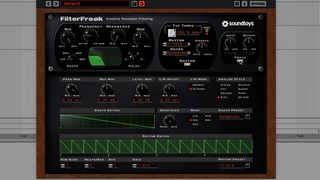
Step 4: Change the Rhythm from 1/4 notes to 1/16 notes for a faster pulse. The clicking is distracting, so let’s reduce both Frequency and Mod a little for a less aggressive effect. That’s quite a bit nicer. Now click the Tweak button to dig a little deeper…
Get the MusicRadar Newsletter
Want all the hottest music and gear news, reviews, deals, features and more, direct to your inbox? Sign up here.

Step 5: Clicking in the Rhythm Editor enables us to mute steps and create interesting rhythms on the grid. We can also change the response Mode - we choose Exponential and reduce the Smoothing value a little. Our plain pad is now a lively rhythmic sequence!
Computer Music magazine is the world’s best selling publication dedicated solely to making great music with your Mac or PC computer. Each issue it brings its lucky readers the best in cutting-edge tutorials, need-to-know, expert software reviews and even all the tools you actually need to make great music today, courtesy of our legendary CM Plugin Suite.

